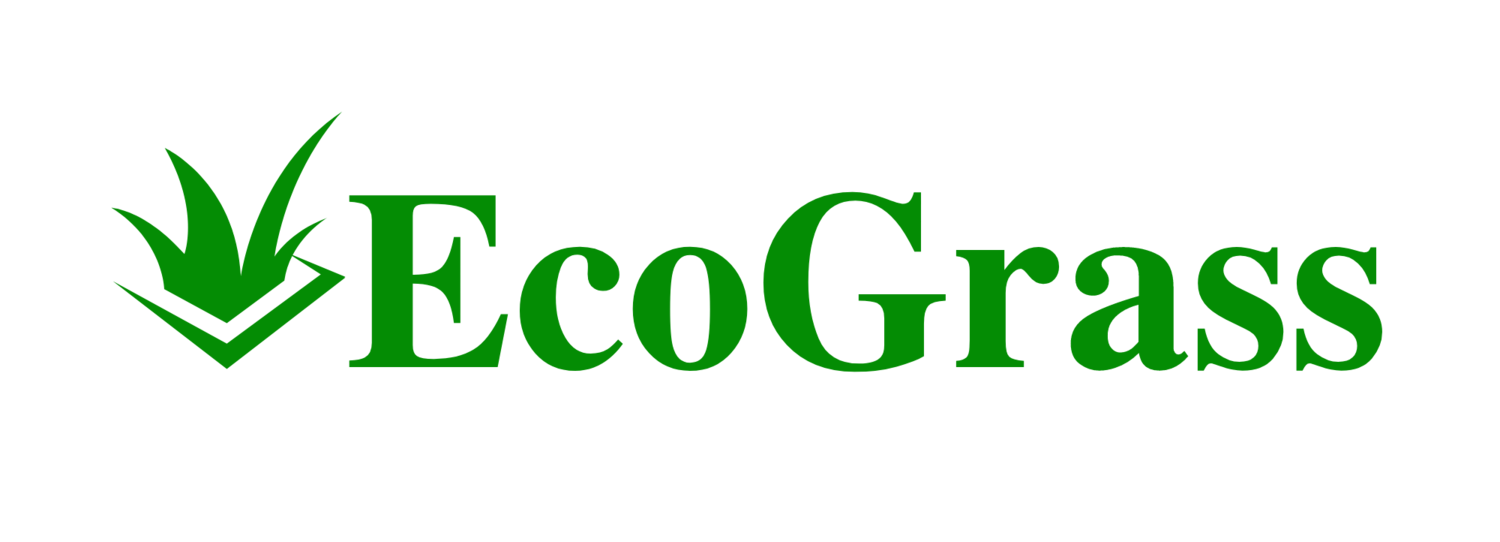Artificial turf dog runs offer a convenient and low-maintenance alternative to natural grass for your pet's outdoor space. Constructed from synthetic fibers designed to mimic the look and feel of real grass, these surfaces are both safe and durable, standing up to the wear and tear that comes with your dog's daily play. Unlike regular grass, artificial turf doesn't turn muddy or carry the risk of natural pests, ensuring a cleaner environment for your furry friend to enjoy.
Choosing the right artificial grass for your dog run is important for ensuring the area remains hygienic and withstands frequent use. Many artificial turfs come with efficient drainage systems to handle accidents, and the materials used can make cleaning as simple as a rinse with water. The durability of artificial grass means it can resist digging and scratching, maintaining a pristine appearance over time without the hassle of constant upkeep.
When planning your dog's artificial turf run, consider opting for a product that has a shorter pile height and less dense fibers. This will make routine cleaning easier and allow for quicker drainage. A well-selected turf will provide your dog with a space that is not only visually appealing but also a safe and comfortable place for play and relief, no matter the weather.
Design and Installation
Designing and installing a dog run with artificial turf requires considering both functionality and aesthetics to ensure a space that is safe and enjoyable for your pet. Proper selection of materials and understanding the installation process, along with customizing dog run features, will result in a dog run that suits your backyard and your dog’s needs.
Choosing the Right Material
Selecting the right synthetic grass for your dog run is crucial. Aim for materials that are:
Soft and comfortable underfoot to protect your dog's paws.
Durable, with a capability to withstand frequent use.
Non-toxic, ensuring that the turf is safe for pets.
For example, K9Grass and PetGrow Pet Pad are brands known for their high-quality artificial turf designed specifically for dogs, featuring adequate drainage and non-toxic materials.
Feature Ideal Specification Blade Length Short Density Lower for quicker drainage Durability High with durable blades
Installation Process
To install artificial turf in your dog run:
Remove existing grass, soil, or sod from the designated area.
Ensure proper drainage system is in place to prevent pooling and odors.
Install a nailer board along the perimeter for secure turf anchoring.
Lay down the synthetic grass evenly, trimming edges to fit.
Apply infill to help the turf blades stand up and enhance drainage.
Dog Run Features
When designing your dog run, consider incorporating various features for a stimulating and enclosed space:
Fencing: Choose a fencing design that offers safety and prevents escape.
Dog House: A shelter for your dog to retreat to for rest and protection from the elements.
Doggie Door: A passageway to allow free movement between the run and your home.
Toys and Landscaping: Introduce elements for mental stimulation, such as toys or a water feature.
Remember to install shade structures to protect your furry friend on sunny days. Customize the run to blend with your backyard landscaping for a cohesive look.
Maintenance and Benefits
Artificial turf designed for dog runs is a practical and aesthetically pleasing option for your pet's outdoor space. The focus on cleanliness, the comparison with natural surfaces, and the prioritization of your dog's health and safety are central to understanding the value artificial turf brings.
Keeping the Turf Clean
Routine Maintenance: Regularly rinse with water to remove urine and feces.
Monthly Care: Apply a sanitizing agent to prevent odor build-up.
Annual Tasks: Replenish infill material to maintain turf stability and appearance.
Artificial grass for dogs is washable, which greatly simplifies the task of keeping the area clean and odor-free. Proper draining systems are integral, preventing puddles and ensuring a dry surface, thereby reducing the risk of mud and mess from muddy paws.
Advantages Over Natural Surfaces
Durability: Resists scratches, digs, and chewing. Maintenance costs tend to be lower due to the durability and longevity of the turf.
Environmental Impact: Eliminates the need for pesticides, herbicides, and fertilizers, aligning with a more eco-friendly approach.
Cost-Effectiveness: While the initial investment may be higher, artificial grass eventually saves money in the long run due to minimal maintenance and replacement needs.
When compared to surfaces like concrete or natural grass, artificial turf stands out. It doesn't wear down as quickly as natural grass and is free from the chemicals often associated with lawn care, safe for both you and your pet.
Health and Safety for Dogs
Physical Health: Provides a soft and comfortable surface, protecting your dog's joints during play.
Non-Toxic: Premium artificial turf is non-toxic, creating a safe environment for your pet.
Pest Prevention: Unlike natural grass, it doesn't harbor pests, reducing the health risks for your dog.
Safety for your dogs is paramount. The low pile and dense construction offer a soft but stable terrain for running and playing, minimizing risks of injury. Additionally, the lack of pest-attracting conditions typically found in natural environments supports your dog's physical health without extra effort from you, the pet owner.

